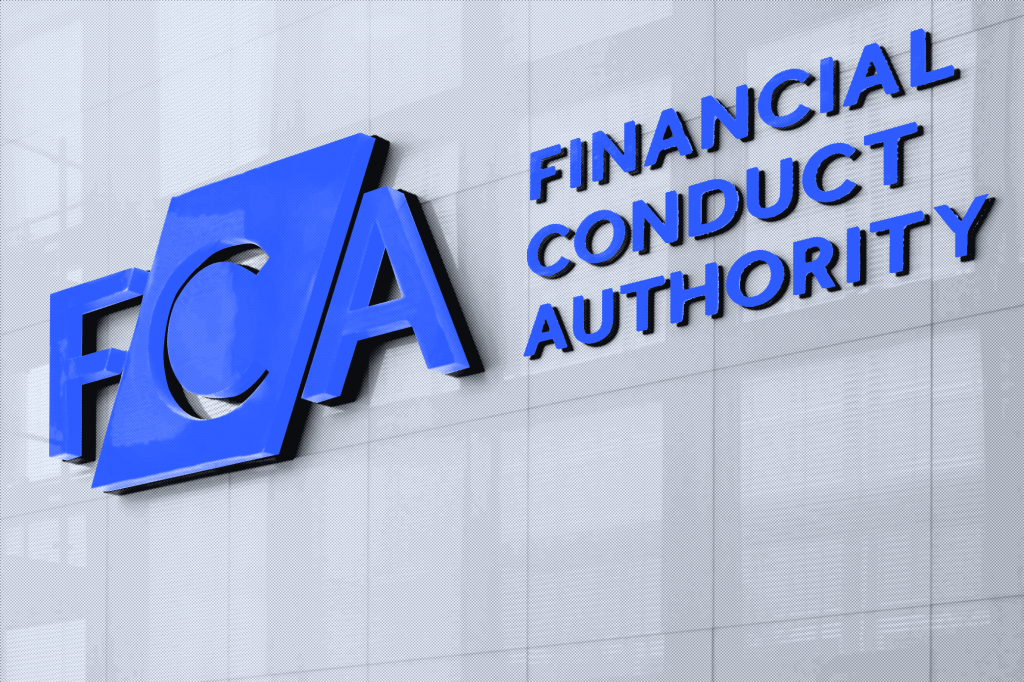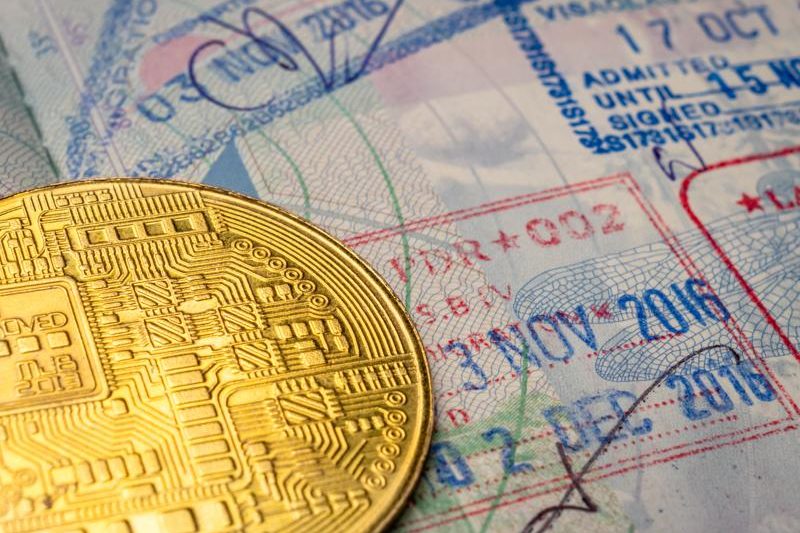The Zero Trust model is growing stronger as a majority of all organizations (61%) surveyed have already implemented it, and 35% are planning to start in the next 18 months, Okta’s 2023 State of Zero Trust report shows. That’s a big increase over previous years – only 24% of organizations had adopted the initiative
The Zero
Register for free to keep reading.
To continue reading this article and unlock full access to GRIP, register now. You’ll enjoy free access to all content until our subscription service launches in early 2026.
- Unlimited access to industry insights
- Stay on top of key rules and regulatory changes with our Rules Navigator
- Ad-free experience with no distractions
- Regular podcasts from trusted external experts
- Fresh compliance and regulatory content every day












